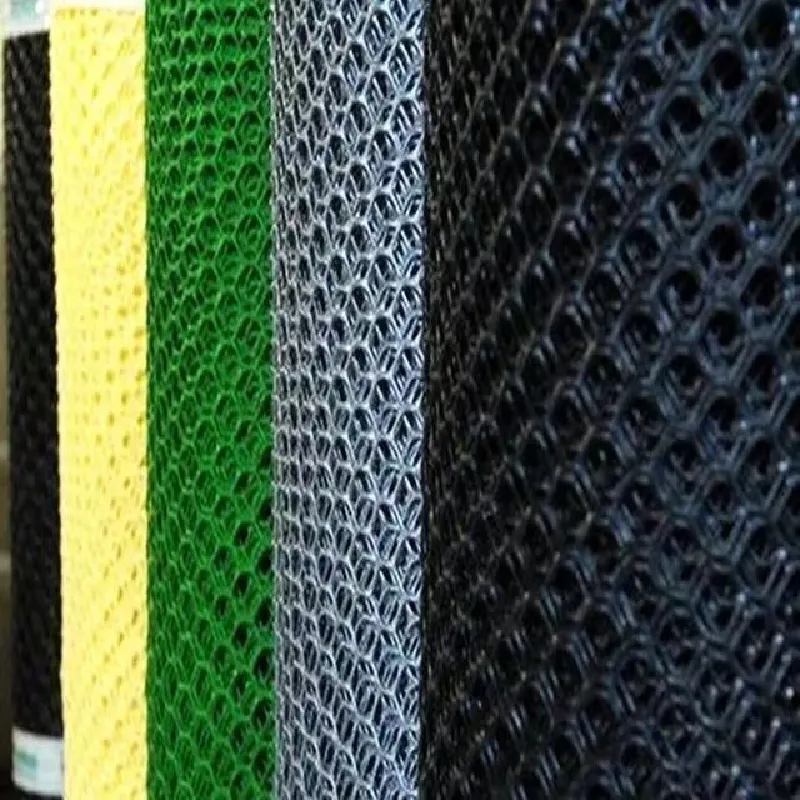-
 Afrikaans
Afrikaans -
 Albanian
Albanian -
 Amharic
Amharic -
 Arabic
Arabic -
 Armenian
Armenian -
 Azerbaijani
Azerbaijani -
 Basque
Basque -
 Belarusian
Belarusian -
 Bengali
Bengali -
 Bosnian
Bosnian -
 Bulgarian
Bulgarian -
 Catalan
Catalan -
 Cebuano
Cebuano -
 China
China -
 Corsican
Corsican -
 Croatian
Croatian -
 Czech
Czech -
 Danish
Danish -
 Dutch
Dutch -
 English
English -
 Esperanto
Esperanto -
 Estonian
Estonian -
 Finnish
Finnish -
 French
French -
 Frisian
Frisian -
 Galician
Galician -
 Georgian
Georgian -
 German
German -
 Greek
Greek -
 Gujarati
Gujarati -
 Haitian Creole
Haitian Creole -
 hausa
hausa -
 hawaiian
hawaiian -
 Hebrew
Hebrew -
 Hindi
Hindi -
 Miao
Miao -
 Hungarian
Hungarian -
 Icelandic
Icelandic -
 igbo
igbo -
 Indonesian
Indonesian -
 irish
irish -
 Italian
Italian -
 Japanese
Japanese -
 Javanese
Javanese -
 Kannada
Kannada -
 kazakh
kazakh -
 Khmer
Khmer -
 Rwandese
Rwandese -
 Korean
Korean -
 Kurdish
Kurdish -
 Kyrgyz
Kyrgyz -
 Lao
Lao -
 Latin
Latin -
 Latvian
Latvian -
 Lithuanian
Lithuanian -
 Luxembourgish
Luxembourgish -
 Macedonian
Macedonian -
 Malgashi
Malgashi -
 Malay
Malay -
 Malayalam
Malayalam -
 Maltese
Maltese -
 Maori
Maori -
 Marathi
Marathi -
 Mongolian
Mongolian -
 Myanmar
Myanmar -
 Nepali
Nepali -
 Norwegian
Norwegian -
 Norwegian
Norwegian -
 Occitan
Occitan -
 Pashto
Pashto -
 Persian
Persian -
 Polish
Polish -
 Portuguese
Portuguese -
 Punjabi
Punjabi -
 Romanian
Romanian -
 Russian
Russian -
 Samoan
Samoan -
 Scottish Gaelic
Scottish Gaelic -
 Serbian
Serbian -
 Sesotho
Sesotho -
 Shona
Shona -
 Sindhi
Sindhi -
 Sinhala
Sinhala -
 Slovak
Slovak -
 Slovenian
Slovenian -
 Somali
Somali -
 Spanish
Spanish -
 Sundanese
Sundanese -
 Swahili
Swahili -
 Swedish
Swedish -
 Tagalog
Tagalog -
 Tajik
Tajik -
 Tamil
Tamil -
 Tatar
Tatar -
 Telugu
Telugu -
 Thai
Thai -
 Turkish
Turkish -
 Turkmen
Turkmen -
 Ukrainian
Ukrainian -
 Urdu
Urdu -
 Uighur
Uighur -
 Uzbek
Uzbek -
 Vietnamese
Vietnamese -
 Welsh
Welsh -
 Bantu
Bantu -
 Yiddish
Yiddish -
 Yoruba
Yoruba -
 Zulu
Zulu
plastic mesh
Understanding Plastic Mesh Versatility, Applications, and Environmental Considerations
Plastic mesh has become a ubiquitous material in various industries due to its resilience, lightweight properties, and versatility. Made from polyethylene, polypropylene, or nylon, plastic mesh can be manufactured in different sizes and strengths to suit a multitude of applications, making it an essential component in modern manufacturing and construction processes.
What is Plastic Mesh?
Plastic mesh is a network of interwoven or interconnected fibers that create an open structure, allowing for airflow and visibility while maintaining strength and durability. Its unique properties make it suitable for both indoor and outdoor use, and it can be found in a range of forms, including sheets, rolls, and custom shapes. The mesh structure is typically measured by its openings per inch or its thickness, allowing users to choose the right mesh for their specific needs.
Versatile Applications of Plastic Mesh
1. Agriculture One of the most significant uses of plastic mesh is in the agricultural sector. It is primarily employed as bird or pest netting, preventing unwanted animals from accessing crops while allowing sunlight and rain to nourish them. Additionally, plastic mesh can be used for plant support systems, greenhouse coverings, and soil erosion control.
2. Construction and Landscaping In construction, plastic mesh serves as reinforcement for concrete and other materials, contributing to the structural integrity of buildings. It is also used as a barrier to prevent soil erosion during landscaping projects. Gardeners often utilize plastic mesh for compost bins, fencing, and trellising plants, enhancing the overall aesthetic and functionality of outdoor spaces.
3. Industrial Uses For industry, plastic mesh plays a critical role in the production and packaging processes. It is used in filtration applications, where fine mesh can separate solids from liquids, and also in the manufacturing of goods, such as plastic crates and containers. Its durability makes it an ideal choice for storage and transport.
plastic mesh

4. Safety and Security Plastic mesh is often employed in safety applications, such as reinforcing safety barriers, delineating construction zones, and preventing unauthorized access to dangerous areas. Its visibility and strength make it an effective deterrent.
5. Art and Crafts Beyond practical applications, plastic mesh is also embraced by artists and crafters. Its flexible nature allows for a variety of creative projects, from sculptures to decorative items. The availability of vibrant colors and customizable shapes has made it a popular choice for DIY enthusiasts.
Environmental Considerations
Despite its many advantages, the environmental impact of plastic mesh cannot be ignored. As a product derived from petroleum, the production and disposal of plastic mesh contribute to various ecological concerns, including plastic pollution. Efforts to incorporate recycled materials into the manufacturing process are underway, with some companies producing mesh from post-consumer plastics, thereby promoting a circular economy.
Moreover, as consumers become more environmentally conscious, the demand for biodegradable alternatives is rising. Innovations are emerging in the form of bioplastics, which aim to reduce the environmental footprint of traditional plastics. Exploring these alternatives and supporting sustainable practices can play a crucial role in mitigating plastic waste and fostering a healthier planet.
Conclusion
Plastic mesh stands out as a versatile and durable material that meets the needs of various industries, from agriculture to construction and beyond. Its applications are boundless, but it is essential to approach its use with an awareness of environmental implications. By embracing sustainability and investigating alternatives, we can harness the benefits of plastic mesh while minimizing its impact on the planet. As technology advances and eco-friendly innovations emerge, the future of plastic mesh holds promise for both functionality and environmental responsibility.
-
Shipping Plastic Bags for Every NeedNewsJul.24,2025
-
Safety Netting: Your Shield in ConstructionNewsJul.24,2025
-
Plastic Mesh Netting for Everyday UseNewsJul.24,2025
-
Nylon Netting for Every UseNewsJul.24,2025
-
Mesh Breeder Box for Fish TanksNewsJul.24,2025
-
Expanded Steel Mesh Offers Durable VersatilityNewsJul.24,2025











